class iv laser therapy research
5 Class 4 lasers can emit greater photonic energy in a shorter period of time than class 3B lasers without producing an appreciable rise in tissue temperature under normal treatment protocols. The classifications categorize lasers according to their ability to produce damage in exposed people from class I no hazard during normal use to class IV severe hazard for eyes and skin.
Fifty-nine patients with RA of 6-12 months duration were included in the study.
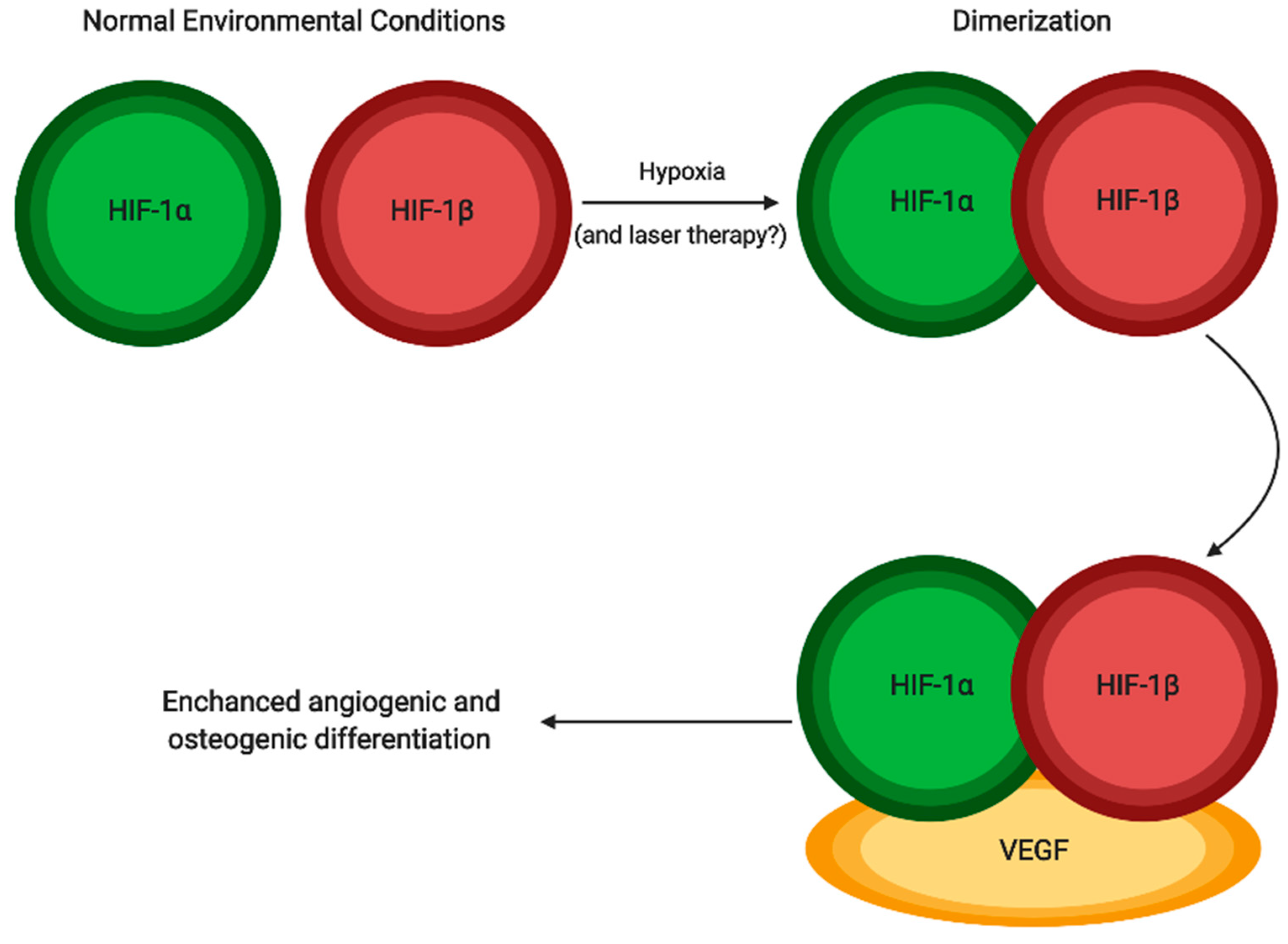
. The laser group received eight 55 minute treatments of 10 Jcm 2 every-other day for 18 days. This ultimately assists in providing an energy dose that results in positive reproducible outcomes. This is the preferred option for rapid pain control with expensive class IV lasers.
The higher the power an increased effectiveness of pulsed analgesic therapy is Research Article. 980nm shares some therapeutic characteristics with 780nm to 850nm lasers however the bulk of the energy goes to creating thermal gradients in the H 2 O that increase circulation and blood flow. Higher wattage also results in faster treatment times and provides changes in pain complaints that are unachievable with low power lasers.
Class iv laser therapy research Monday February 14 2022 Edit. Low back pain neck pain shoulder pain arthritis joint pain cartilage repair frozen shoulder soft tissue injuries. Reduced pain and increased joint mobility following 10 laser treatements.
The aim of the proposed study is to assess the effect of Class IV laser therapy LT on pain and pinch strength in patients with thumb carpometacarpal TCMC OA. Most result noticed after 5 treatments. The major advantage of Class IV laser therapy over LLLT is its high power and wavelengths above 1000 nm which are able to penetrate deeper into joints and muscles for improved medical effects.
4 rows Myth 1. Class IV Lasers are dangerous for laser therapy. 5 This higher power becomes important when treating injuries to deeper tissues such as.
When considering a Class 4 system three main variables are most crucial to the beneficial. In this study fifteen patients with documented chronic tendinosis of the elbow were randomized into sham or laser therapy treatment. This has been shown to significantly improve therapeutic outcomes.
These findings suggest that laser therapy using the 10 W class IV instrument is efficacious for the long-term relief of the symptoms associated with chronic epicondylitis. 5 This higher power becomes important when treating injuries to deeper tissues such as. Medical Stealth Micro-Pulse Laser Technology Pioneer of Class IV High-Power Laser Therapy Diowave Laser Systems is revolutionizing the field of laser therapy with the most advanced technology available in the industry.
Laser Therapy Laser Therapy Laser Treatment Skin Therapy Pin On Dimedlaser Product Efficacy Of Low Level Laser Therapy In The Management Of Neck Pain A Systematic Review And Meta Analysis Of Randomised Placebo Or Active Treatment Controlled Trials The Lancet. The NCI goes on to explain that cancer is one of the top causes of death across the globe with new diagnoses expected. The trend in laser therapy over the past decade has been to increase power density and dose.
The National Cancer Institute NCI reports that 396 percent of all Americans will receive a cancer diagnosis at some point in their lives. Watt level high intensity laser Class 4 laser begin to emerge in the basic research and later in clinical rehabilitation practise. However Class IV lasers because of their longer wavelength can bypass the selective absorption by the melanin containing epidermis and reach to the deeper tissue targets effectively.
A randomized controlled single-centre double-blind clinical trial with 11 allocation ratio will be carried out involving patients presenting TCMC-OA Grades 1-2 aged 18 years. An increasing body of evidence supporting the use of Class IV lasers in a wide range of clinical conditions demonstrating successful therapeutic results28-30. The Effectiveness of Therapeutic Class IV 10 W Laser Treatment for Epicondylitis.
The purpose of this study was to determine the effects of laser therapy in pain reduction andor recovery of patients at the onset of Rheumatoid Arthritis RA compared with the traditional non-steroidal anti-inflammatory drugs NSAIDs. The benefits of class 4 laser therapy include reduced pain and swelling as well as improved range of motion but a class 4 laser has some very interesting effects that we dont notice as obviously. Class iv laser therapy research Thursday March 24 2022 Edit The major advantage of Class IV laser therapy over LLLT is its high power and wavelengths above 1000 nm which are able to penetrate deeper into joints and muscles for improved medical effects.
So much information on Class 4 laser therapy or photobiomodulation is circulating at conferences in trade journals and in materials distributed by laser therapy manufacturers that it is hard to distinguish what the most valuable and relevant data points are. The most commonly used therapeutic lasers in veterinary medicine are Class III lasers which may deliver energy from 1mw to 500mw and Class IV lasers which deliver power at greater than 500mw. The FDA classifies any laser with.
Additionally cosmetic laser applications such as hair removal skin resurfacing and tattoo removal use thousands of times more power than Class IV therapy lasers. Please provide contact information to receive scientific information READ MORE. One thing remains certain current scientific and clinical research proves that class 3B lasers are best suited for therapeutic applications and class 4 lasers are best suited for tissue destruction.
Class IV therapy lasers provide more energy to deep structures in less time. WHAT STUDIES SAY ABOUT CLASS IV LASERS SPECIFICALLY THEIR IMPACT ON CANCER CELLS. 1 In vivo effects of low level.
Laser Therapy 1997 9 pp 5-6. Class IV lasers commonly use the 980nm wavelength. The technology enables to generate intensity commonly around 10W and more for the purpose of producing stronger bio-modulation and analgesic effect.
The potential for a rapidly administered safe and effective treatment warrants further investigation. Recent trends in laser therapy show a preference for class 4 lasers in patient care settings. A class 4 laser increases tissue regeneration which is why you heal faster but it also accelerates soft tissue and bone repair.
A lower watt laser provides less energy delivery to deeper tissues so the time needed to deliver a treatment is longer. The classes are I II IIa IIIa IIIb and IV.
Lllt Laser Therapy Guest Editorial Of The Month
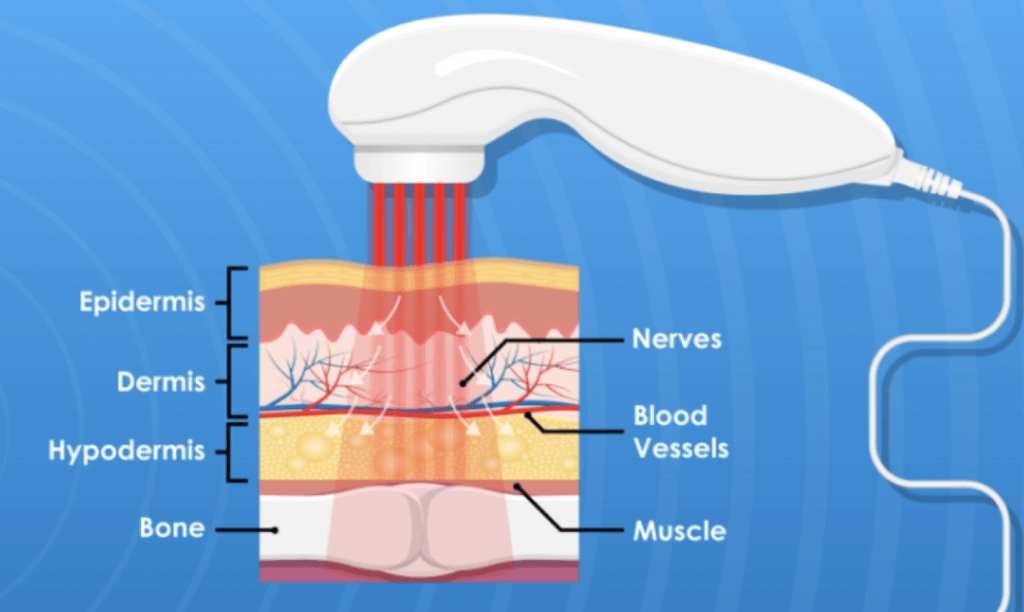
What Is Low Level Laser Therapy Lllt And Does It Work

3 Myths About Class Iv Laser Therapy Aspen Laser
Lllt Laser Therapy Guest Editorial Of The Month
Medical Laser Therapy Science Cutting Edge Lasers

Laser Therapy In Veterinary Medicine Dvm360
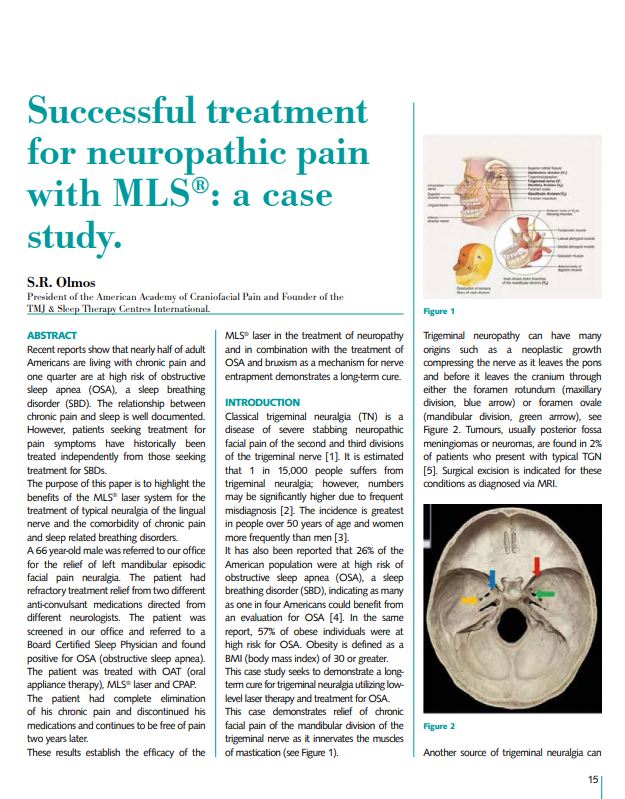
Medical Laser Therapy Science Cutting Edge Lasers

High Power Laser Therapy Physiopedia

Laser Therapy In Companion Animals Today S Veterinary Practice
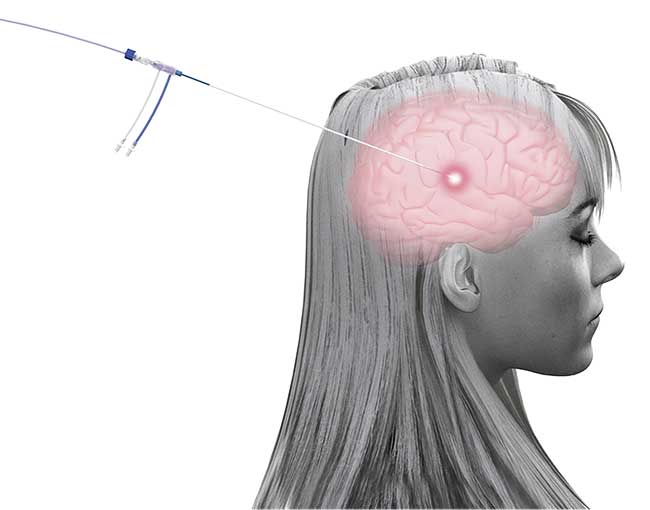
Laser Therapy Reaches Hard To Treat Epilepsy Features Nov Dec 2021 Biophotonics

Jcm Free Full Text Photobiomodulation Underlying Mechanism And Clinical Applications Html

27 Questions With Answers In Laser Therapy Science Topic

The Difference Between Class Iii Class Iv Laser Therapy Systems Aspen Laser
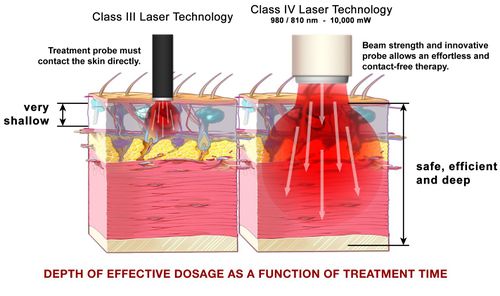
High Power Laser Therapy Physiopedia

Laser Therapy Laser Therapy Laser Treatment Skin Therapy

Efficacy Of Low Level Laser Therapy In The Management Of Neck Pain A Systematic Review And Meta Analysis Of Randomised Placebo Or Active Treatment Controlled Trials The Lancet
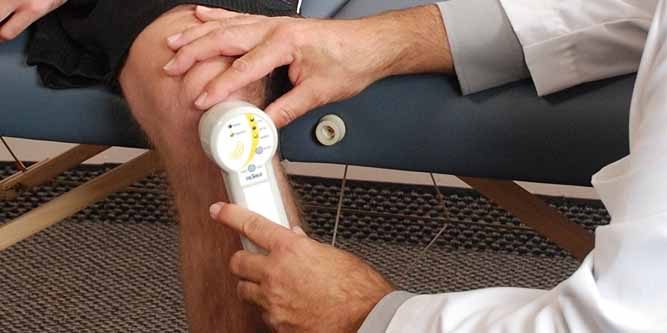
Guide To The Best Cold Therapy Laser Devices For 2022 Nerd Techy
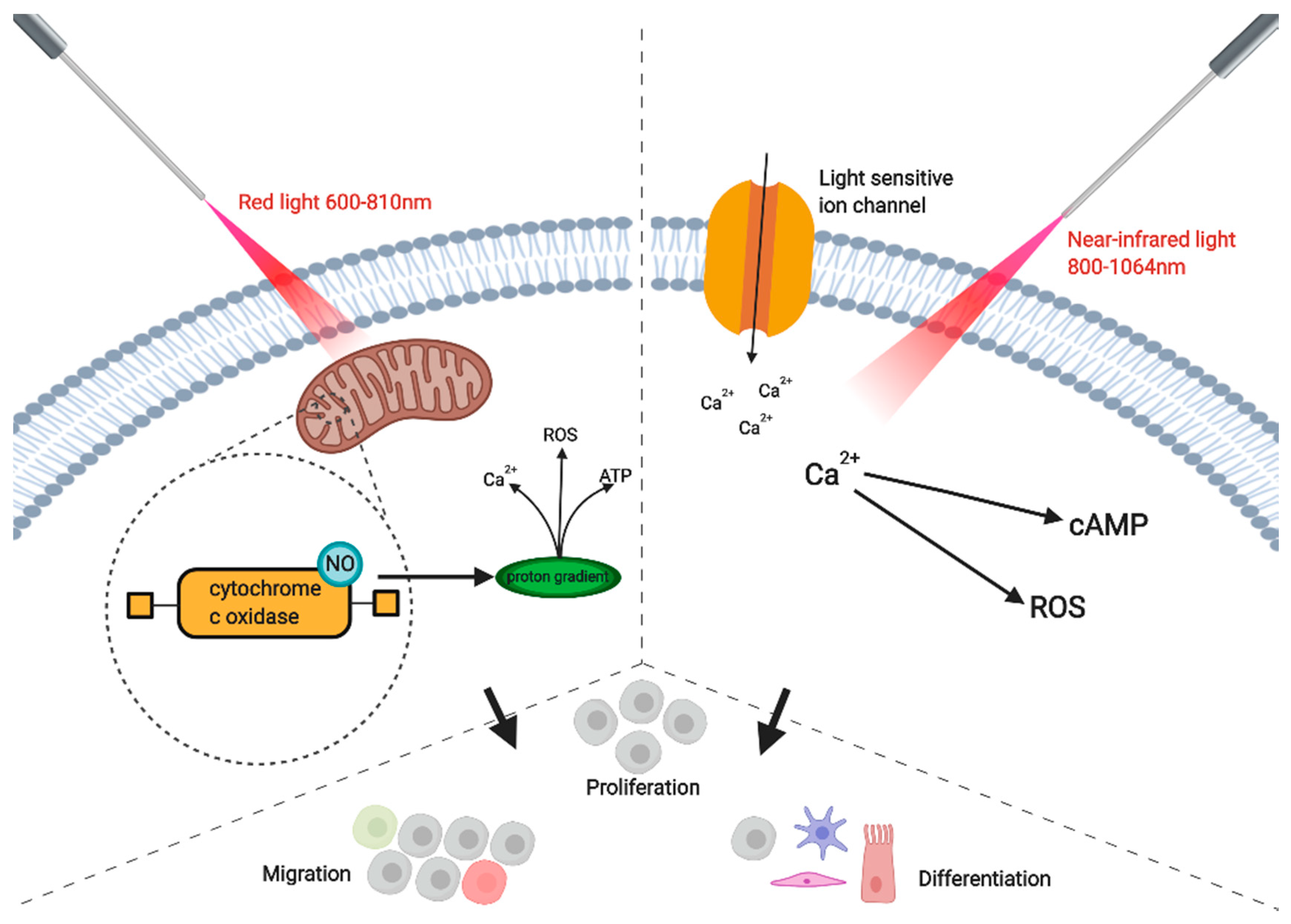
Jcm Free Full Text Photobiomodulation Underlying Mechanism And Clinical Applications Html
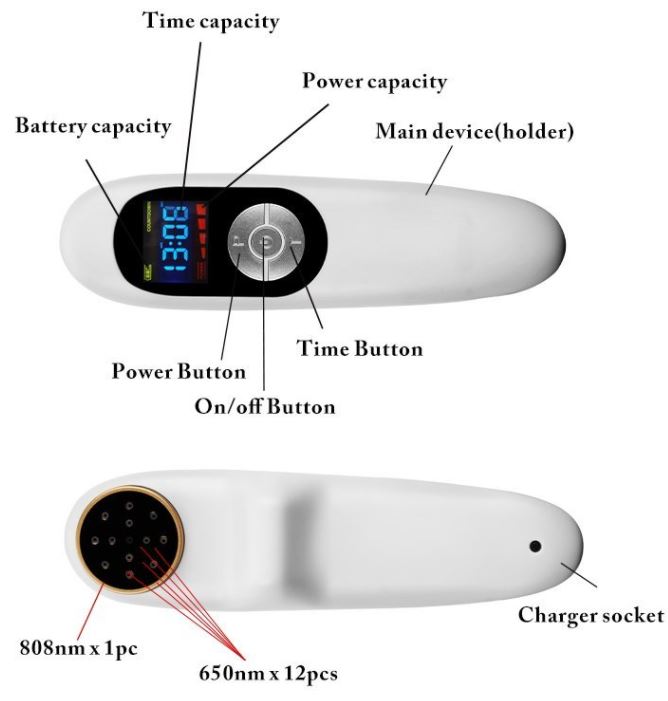
Guide To The Best Cold Therapy Laser Devices For 2022 Nerd Techy